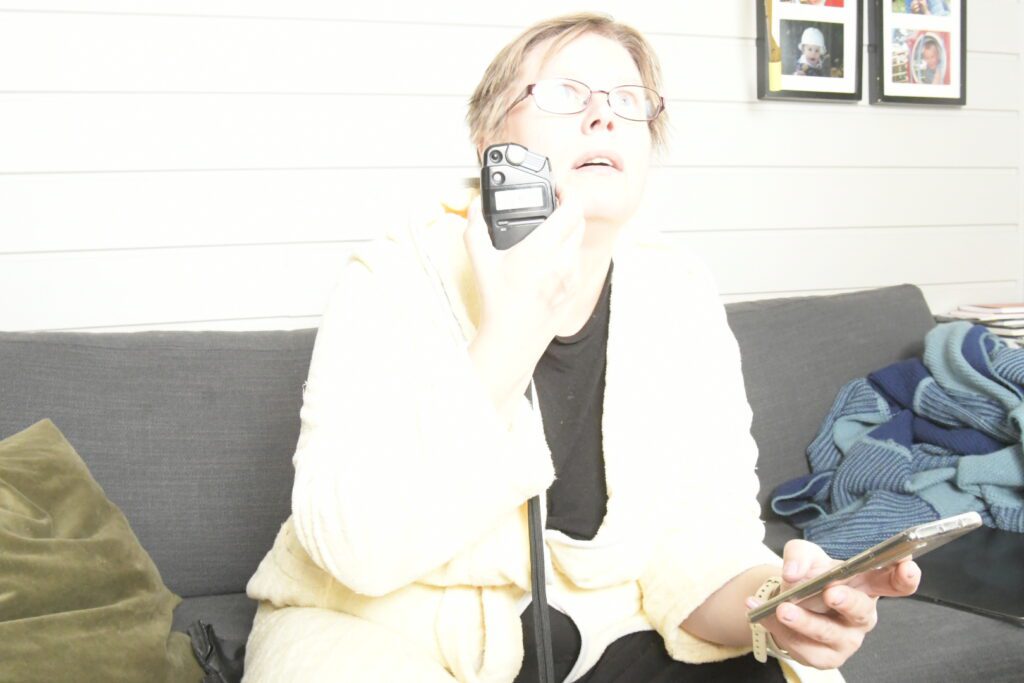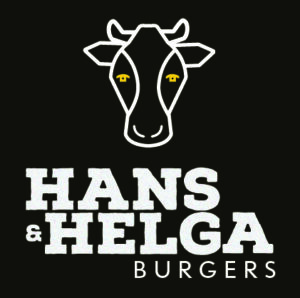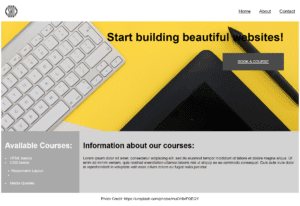In the course Strategic design, the task is to develop a logo for a made-up company, Food & Malt – a restaurant/pub within the hipster segment of the industry.
I have spent 3 weeks on the project, with intensive work the last 10 days in order to finish. I am happy with the finished result, but my work process has been chaotic at times and this is a list of lessons learned in the process.
- It is hard to do research on a non-existing business. The describtion provided in the task was not much to go on, and there were no-one to ask. Some of the details in the research are therefore made-up – which one shall n.e.v.e.r do in real life.
- When doing competitor research on a business, make sure that the competitors are real competitors. In my case, a hipster bar/restaurant is not a competitor of any business selling food and beer, but in the lack of other options near by, Kafe Øst was included.
- When doing research for a business or brand, make sure that the number of respondents are high enough to ensure that user research is valid and not just a personal opinion of two people. The same applies to user testing – either on logo symbol, typography or colours
- When doing sketches on paper, explore more ideas and do not limit oneself to one concept as I did. I decided early to include the barley. I never researched other options. One problem with exploring “all” possibilities is that it is endless, so some limitation is necessary. However, 1 concept is too narrow
- When making decisions on typography, think of it’s intended use. Josefin Sans, which became the primary typography for Food & Malt is a Google Font, which means it is easy available online. There is also an option of downloading it and install it locally, but if Josefin Sans is used in emails and the receiver do not have the typeface installed, a typeface substitute will occur. In order to controll that, there is a need for a typeface that is more accessible than Josefin Sans. In my case, it turned out to be Arial. Another aspect of this is how the font scales. What about Josefin Sans in 300pt+ sizes. Is it still as lovely as in 24px?
- When making a logo, there are so many ajustments that can be done. The challenge is knowing when to stop edititng.
- It is easy to fall in love with your own work. Don’t do that.
- When creating a colour palette for a brand, make sure that all colours are translatable to Pantone Colours. Of 8 colours in my palette, 1 did not have a Pantone equivalent
- Renaming the artboards in illustrator makes the export so much easier! Instead of having files named artboard_1.png, I now have Logo_full_colour_transparent.png instead.
- Read the project description and deliveries carefully. There exisits no task of creating a style guide, yet I did it anyway. So much work. I would not say for nothing, because it is a learning and skill training process, but for this project, I did not have to make one.



